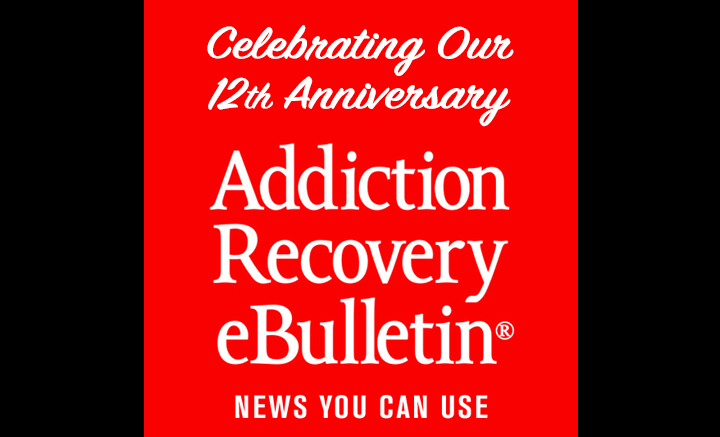Graduating to Oblivion U. –
Oct. 20, 2020 – “There was an increase in opioid prescribing in the 1990s and 2000s that contributed to the opioid epidemic,” he said. “Health professionals and the larger public health community owe it to these individuals to understand the downstream effects of overprescribing and develop effective interventions.”
The researchers were surprised by the large uptick in heroin use among the more recent cohorts, and the findings partially explain why opioid overdoses have skyrocketed, Veliz said.
“These prevalence estimates of heroin use are very high, considering the general population annual estimates are less than 1%,” McCabe said. “And anyone in the study with a history of heroin use at baseline was excluded, which makes the findings more conclusive.”
Based on national estimates, the number of people in the United States using heroin has increased from 373,000 in 2007 to 808,000 in 2018. The largest increase in heroin use over this time period has occurred among adults aged 26 and older.
Although the vast majority of prescription opioid exposure does not lead to heroin use, heroin incidence and prevalence rates were significantly greater among those who reported prescription opioid misuse, the researchers say.



